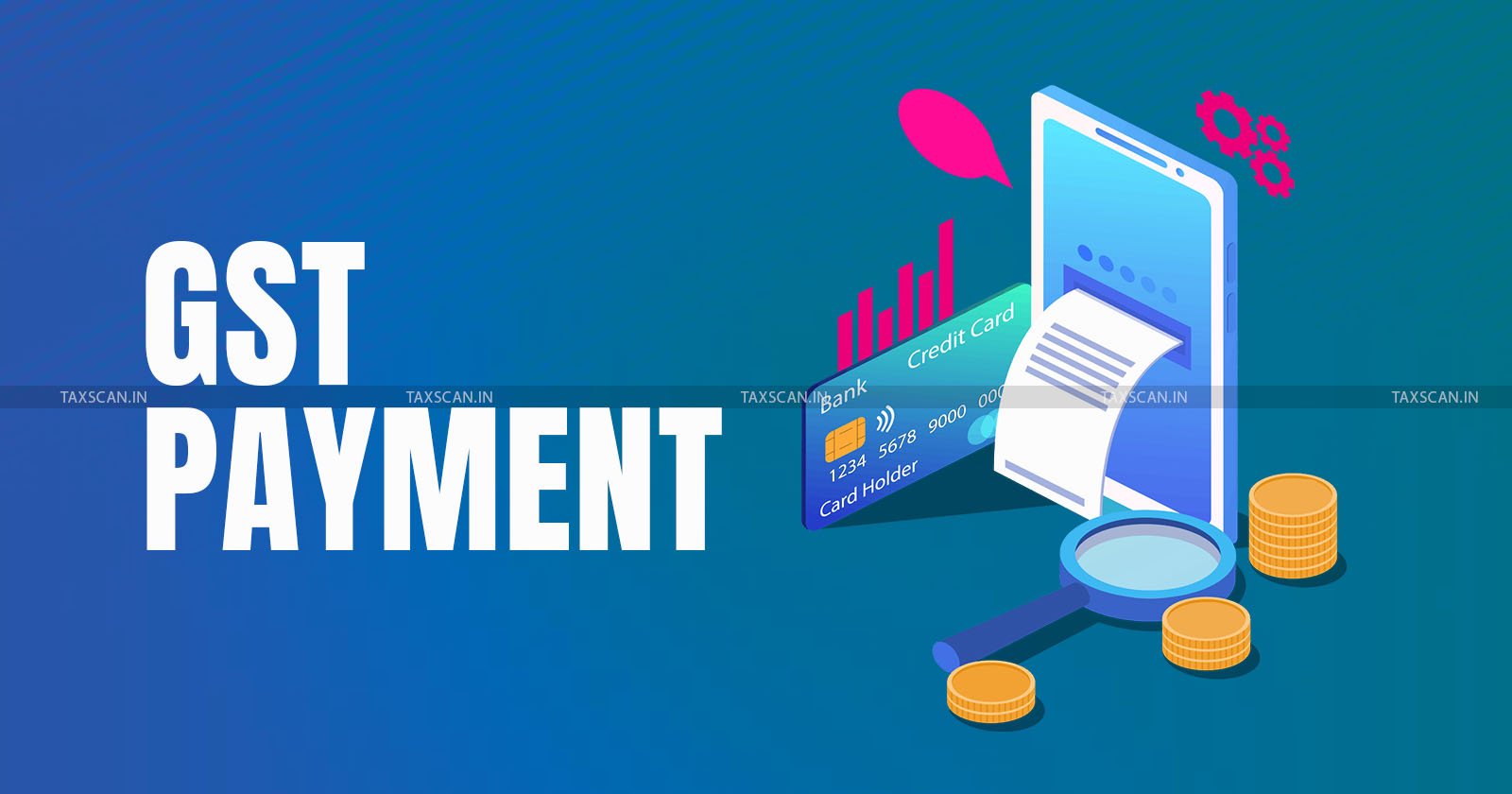The Indian taxation system can be quite complex, with various indirect taxes levied at different supply chain stages. This is why it is important to understand some of the most critical taxes In India and how they affect you to navigate the complexities effectively.
In this regard, note that there are mainly two types of taxes levied – Direct Taxes and Indirect Taxes. VAT and GST are two of the most famous indirect taxes. However, since its inception, GST has overpowered all other indirect taxes in the country, reducing the cascading effect of taxes.
Let’s explore the ‘state-level’ VAT and ‘one-nation-one-tax’ GST and their differences, so you can better understand their implications.
Read on!
Understanding the Meaning of “Cascading Effect of Taxes”
Before understanding the difference between VAT and GST, it is important to know why GST was launched to overshadow VAT. The reason was the cascading effect.
When a consumer pays tax on goods on which a certain tax has already been levied and paid for, it is called a cascading effect of taxes. In simple words cascading effect of taxes means paying tax on already paid tax. This was the effect of VAT, which is why there was a need to replace it.
What is VAT and What are its Disadvantages?
Value Added Tax, or VAT is a state-level indirect tax levied at every stage of the lifecycle of products or at a stage where it adds value. It was launched on 1st April 2005 and replaced the Sales Tax.
The idea was to incorporate a single-integrated market in India with VAT, and the formula for calculating VAT was based on the cost of the goods minus any previously taxable costs of products used in the product. VAT was applied to all states on 2nd June 2014, barring Lakshadweep Islands and Andaman and Nicobar Islands. However, VAT had its drawbacks:
- There was a cascading effect on taxes, and consumers were paying taxes on products on which taxes were already paid earlier
- There were different VAT rates and laws in different states
- The Government was unable to claim ITC or Input Tax Credits on service
- The input of Central Sales Tax could not be adjusted against VAT
What is GST, and What are its Advantages?
Goods and Service Tax or GST was introduced on 1st July 2017 to mitigate the cascading effects of VAT. Some of the key advantages of GST are that you can make GST payment following a simple online procedure.
Moreover, GST comes with lesser compliance and has a separate treatment for digital or online stores. GST has successfully replaced central and state indirect taxes such as service tax, excise duty, and VAT.
Differences Between GST vs. VAT
Here are some key points of difference between GST vs VAT:
|
Point of Difference |
GST |
VAT |
|
Taxed on- |
All goods and services in India |
Only taxed on goods, and for services, there was a service tax |
|
Point of Taxation |
On supply of goods and services |
On the sale of goods |
|
Laws and Rates |
GST Rate is uniformly applied across the nation. GST has four Acts – CGST (Central), SGST (State), IGST (Integrated) and UTGST (For Union Territories) |
Laws and Rates under VAT differed from state to state. |
|
Authority |
Both Central and State Governments |
State Government |
|
Who is responsible for collecting taxes |
Consumer State |
Seller State |
|
Mode of Payment |
GST payment can be made online and offline. However, if the amount exceeds Rs. 10000, it is mandatory to pay online |
VAT can only be paid offline |
|
When should it be filed |
GST should be filed on the 20th of the next month for the preceding month |
VAT should be filed on the 10th/15th /20th of the next month for the preceding month |
|
Benefit of ITC or Input Tax Credit |
Benefits of ITC are available as you can claim the credit on goods and services received |
Benefits of ITC not available on customs duty |
|
Compliance and laws for the movement of goods interstate |
The compliance measures remain the same for the entire country |
The compliance measures vary from state to state |
|
Exceptions |
Few products, such as petrol, diesel, and alcohol, are not included in GST |
If a business has an annual turnover of more than Rs 5 lakhs in goods and services, it must pay VAT after registering for the tax. |
|
Current Rates |
The GST rates in India in 2023 are divided into four slabs: 5%, 12%, 18%, and 28%, based on nature, category, and usage. |
A reduced rate of 12.5% VAT was applied from 1 October 2021 to 31 March 2022. After that, the rate was 20% which is still applicable in 2023 |
Conclusion
GST is a great initiative taken by the government. It has eliminated the cascading effect of taxes and greatly improved the country’s taxation system. This ‘one-nation-one-tax’ GST regime has upscaled the country’s economy. Thus, the objective is to include as many goods and services as possible under GST.



